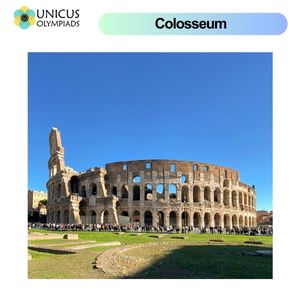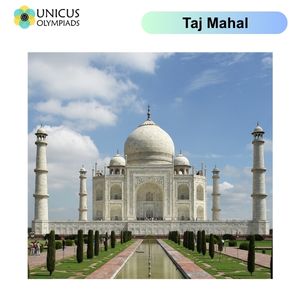

Buildings are often the most visible and tangible representation of a city’s identity, history, culture, and aspirations. They embody the architectural style, economic status, technological progress, and even the social values of the time in which they were built. From towering skyscrapers to ancient monuments, the buildings of a city play a crucial role in shaping its image and character. In this section, we’ll explore how buildings reflect a city's unique identity and provide examples of famous buildings that have come to symbolize some of the world’s most iconic cities.
Buildings can serve as historical landmarks, symbols of cultural significance, or expressions of artistic innovation. They are often built to commemorate significant events, honor historical figures, or celebrate a city’s heritage and progress. Here’s how buildings serve as reflections of cities:
Many cities around the world have iconic buildings that reflect their cultural heritage and unique identity. These structures often represent the city’s traditions, values, and historical roots.
In addition to historical landmarks, many cities are also known for their modern, futuristic architecture. Skyscrapers, high-tech buildings, and innovative designs highlight a city’s progress, ambition, and global influence.
Buildings can also reflect the cultural or religious values of a city. They often represent the spiritual or cultural heart of the community, serving as places of worship, art, or gathering.
Let’s look at some of the most famous buildings in the world and how they help represent the cities they inhabit:
The Eiffel Tower is one of the most recognizable structures in the world and a symbol of Paris. Standing at 324 meters (1,063 feet), it was initially intended to be a temporary structure for the 1889 World’s Fair, but it has since become an enduring symbol of France and its artistic and engineering legacy.

The Colosseum is a colossal amphitheater in the center of Rome and a symbol of ancient Roman culture. Built in the 1st century AD, it could hold up to 50,000 spectators for gladiatorial contests and public spectacles.

The Burj Khalifa is the tallest building in the world, standing at 828 meters (2,717 feet). It represents Dubai’s rapid development and its desire to be a global leader in business, technology, and luxury living.

The Sydney Opera House is one of the most iconic performing arts venues in the world. Located on the harbor of Sydney, it is famous for its unique sail-like design and its role in Sydney’s cultural life.

The Great Wall of China is a massive structure that stretches over 21,000 kilometers (13,000 miles) across northern China. Originally built to protect Chinese states from invaders, the wall has become a symbol of China’s resilience and historical strength.

The Taj Mahal, built by Emperor Shah Jahan in memory of his wife Mumtaz Mahal, is a stunning example of Mughal architecture. It is known for its white marble construction, intricate carvings, and beautiful gardens.

The Christ the Redeemer statue in Rio de Janeiro stands at 98 feet tall and overlooks the city from the summit of Mount Corcovado. It is one of the most famous landmarks in Brazil and represents Christianity in the region.
